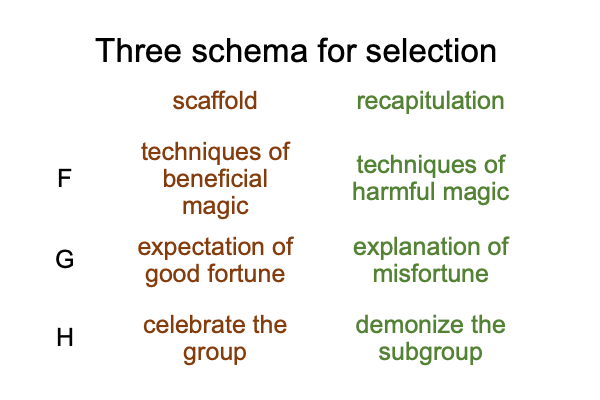Looking at Manvir Singh’s Article (2021) “Magic, Explanations, and Evil” (Part 1 of 5)
0001 This blog compliments Comments on Manvir Singh’s Essay (2021) “Magic, Evil and Explanations”, available at smashwords and other websites selling electronic works.
0002 Singh’s article appears in Current Anthropology.
Manvir Singh is a postdoctoral research fellow at the Institute for Advanced Study in Toulouse, France.
To me, his work contrasts with Sasha Newell, who, in 2018, publishes a theoretical piece titled, “The Affectiveness of Symbols”, also in Current Anthropology.
Singh aims for science. Newell focuses on interpretation.
0003 Will the discipline of Anthropology turn towards an empirio-schematic approach or towards an approach where the word, “science”, is no longer relevant?
Mark Horowitz, William Yaworsky and Kenneth Kickham publish a survey, under the title, “Anthropology’s Science Wars: Insights from an New Survey”, in 2019, in Current Anthropology.
0004 These three papers tell us much about the divided discipline of contemporary Anthropology.

